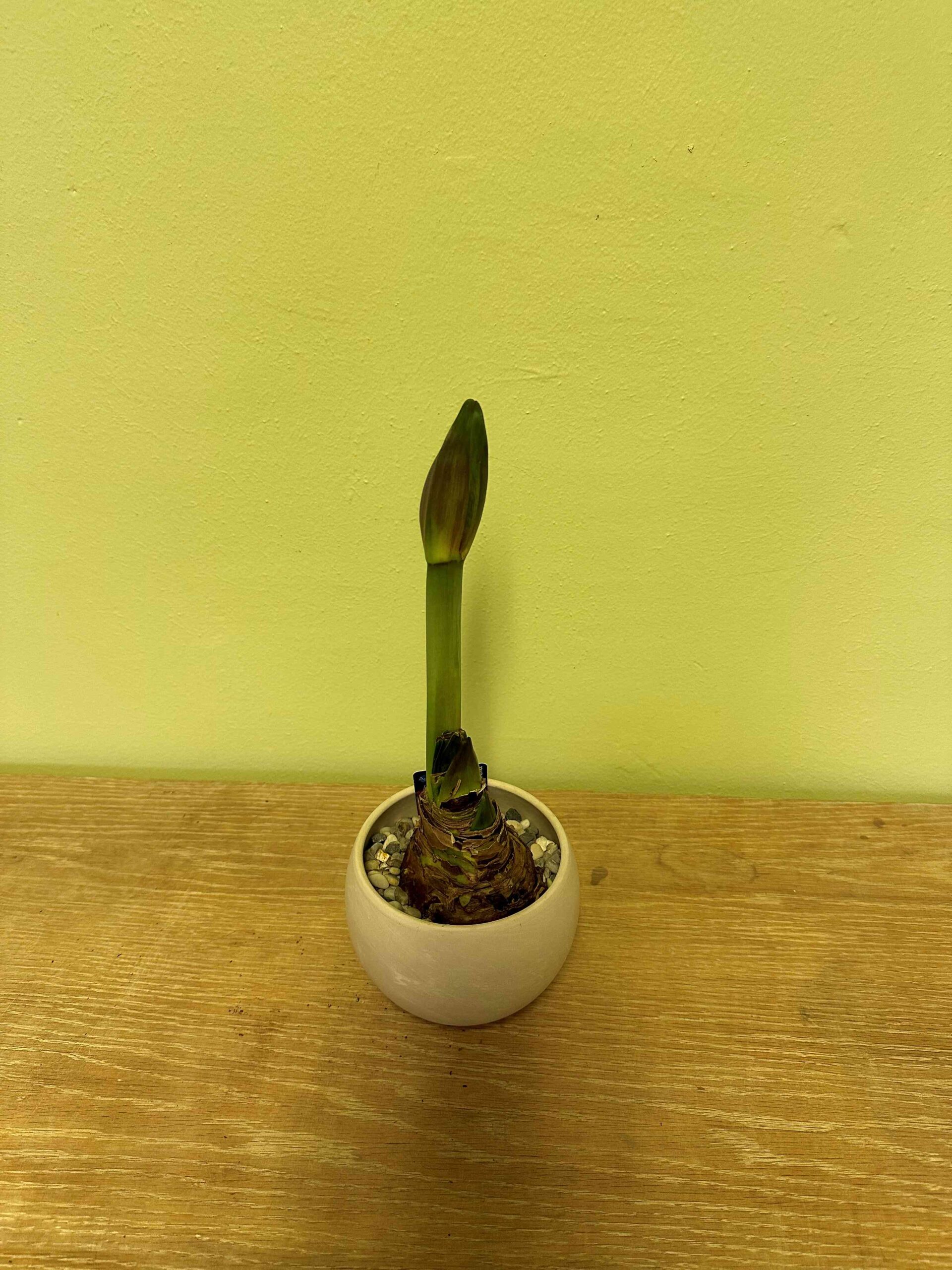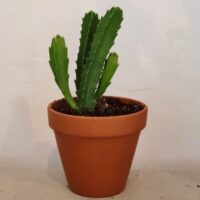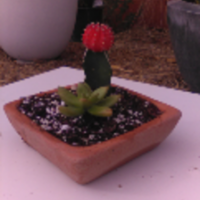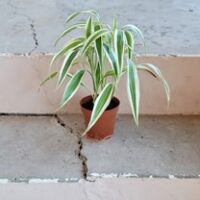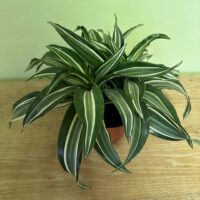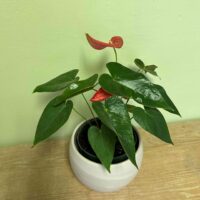Amaryllis may be purchased as bare or planted bulbs, and are prized for their exotic trumpet-shaped flowers born on 1- to 2-foot leafless stalks or scapes. They add dramatic color to homes and gardens and make wonderful gifts to gardeners from beginners to experts.
Native to Africa, the genus Amaryllis comes from the Greek word amarysso, which means “to sparkle.” Bulbs were brought to Europe in the 1700s and have been known to bloom for up to 75 years. However, the amaryllis bulbs we commonly purchase and grow as houseplants are hybrids of the genus Hippeastrum and are native to Central and South America.
Amaryllis flowers range from 4 to 10 inches in size and can be either single or double in form.
While the most popular colors are red and white, flowers may also be pink, salmon, apricot, rose or deep burgundy. Some varieties are bicolor such as purple and green, or picotee (having petals with a different edge color).
- Water the plant when the top 2 inches of soil feels dry, allowing the container to drain freely each time.
- Do not let the plant sit in water as wet soil can promote bulb and root rot and attract pests.
- Fertilize amaryllis each time you water at half the recommended strength when new growth is visible (including on newly purchased bulbs).
- To promote blooming, use a houseplant fertilizer with a high phosphorus content.
- Fertilizer packaging always provides an analysis shown in three numbers such as 10-20-15.
- These numbers represent the percentage of each of three important macronutrients for plant growth: N (nitrogen) – P (phosphorous) – K (potassium).
- In this example, the fertilizer contains 10 percent nitrogen, 20 percent phosphorous, and 15 percent potassium.
- Move the plant out of direct sunlight when the flower buds have begun to open.

